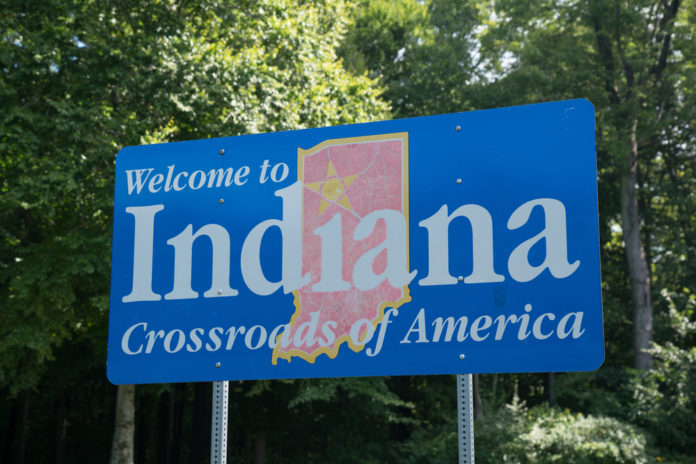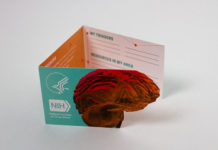The state of Indiana has taken strides to help its residents access high-quality care and treatment for opioid addiction.
On Monday, two bills unanimously passed the Indiana Senate Committee.
General Assembly Senate Bill 9 lifted the partial ban on felons convicted on drug charges from receiving benefits through the Supplemental Nutritional Assistance Program (SNAP), and Senate Bill 446 established the Opioid Addiction Recovery Pilot Program, which assists expectant mothers living with opioid addiction with receiving residential and home care.
Costs associated with drug overdose fatalities in Indiana amounted to $1.4 billion in 2014, according to a recent study by the Fairbanks Foundation.
In Marion County, the Indianapolis Emergency Management Services responded to 1,183 overdose calls in 2015, up 117 percent from 565 overdose calls in 2011.
Children are often unintended casualties of the opioid crisis in Indiana. Last December it was reported that there were between 22,000 and 23,000 children in Indiana’s child welfare system, most of whom were taken from homes with parents who are addicted to drugs. In 2013, nearly 2,300 children were placed in protective custody in Indiana. Two years later, there were a record 3,776 cases where children were placed in protective custody. The number of cases where courts terminated parental rights also grew by more than 30 percent.
In 2016, the Centers for Disease Control and Prevention granted Indiana $519,117 to provide training and education for first responders on the proper use of the overdose-reversal drug naloxone. A total of 595 people died from an opioid overdose in 2015, up from 452 people in 2014.
Indiana, which ranks 15th in the nation for fatal overdoses, has been facing its own challenges amidst the nationwide opioid epidemic. An outbreak of HIV and Hepatitis C in 2015 was caused by people sharing needles used to inject Opana, a prescription opioid painkiller twice as potent as…(continue reading)

















